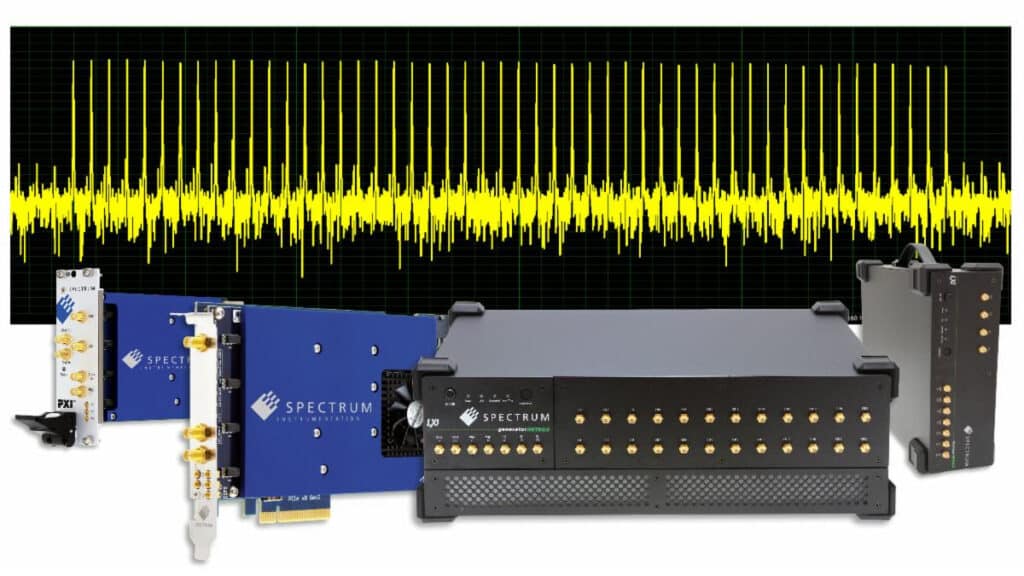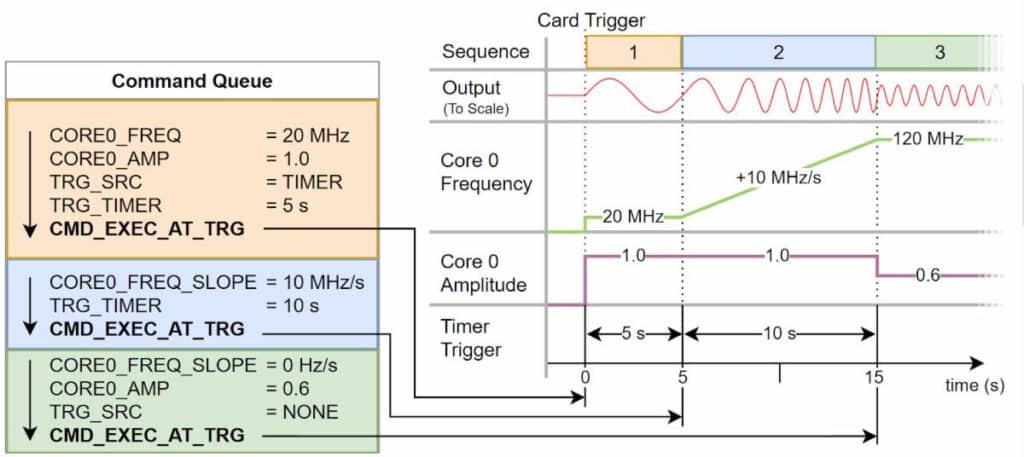These devices are ideal for applications in biomedicine, communications, and quantum science, fully programmable with real-time control, they support waveform generation and frequency sweeps, offering flexible integration with Windows and Linux systems.

Spectrum Instrumentation has unveiled the 96xx series, a new family of Direct Digital Synthesis (DDS) generators, expanding the company’s product offerings. These instruments allow users to generate up to 50 sine wave carriers from a single output channel. The series brings a novel approach for engineers and researchers to control multitone sine signals independently. DDS, or Direct Digital Synthesis, is a technique known for producing highpurity signals, typically sinewave cores or carriers, with rapid switching and fine frequency resolution. The series can generate multiple tones across frequencies up to 200 MHz, making them ideal for applications in biomedicine, communications, semiconductors, and quantum science. They are available in 12 models across three form factors: PCIe cards, PXIe modules, and Ethernet instruments.

The key features include:
- Cards: Up to 50 low-phase noise tones with up to 4 channels
- Ethernet models: 2 to 24 channels
- NETBOX units: Support up to 300 tones, expandable to 400 tones with synchronisation
- Integrated output amplifiers on all models
- Programmable signal amplitudes: ±2.5 V for 50 Ohm loads, ±5 V for high-impedance loads
HighSpeed Performance
The series has ability to change signal parameters at extremely high speeds. Fully programmable, the devices allow for nearly instantaneous adjustments to frequency, amplitude, and phase, as well as advanced functions such as amplitude slopes and frequency sweeps. These changes can be made in real-time via preloaded sequences of DDS commands. The system’s onboard memory can store millions of commands, enabling precise control with a timing resolution of just 6.4 nanoseconds. The generators are designed to produce waveform sequences, frequency sweeps, and tunable reference signals for various applications. This includes industrial, medical, and imaging systems, network analysis, and communication technology. They are well suited for controlling lasers in quantum experiments.
The series supports easy integration with systems running on Windows or Linux, offering programming examples for various languages, including C++, Python, C#, and LabVIEW. A high-level Python API simplifies instrument control. They can also operate as an Arbitrary Waveform Generator (AWG) through an optional firmware upgrade, allowing for complex waveform generation across all channels. Various replay modes, such as Single Shot, Loop, and Streaming, are supported.
The generators are now available and backed by a 5-year warranty, free software and firmware updates, and lifetime customer support directly from Spectrum Instrumentation’s engineering team. For more information, click here.






